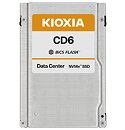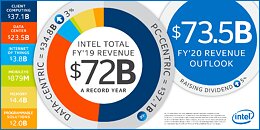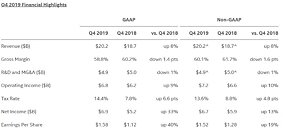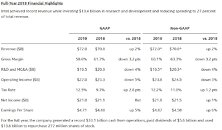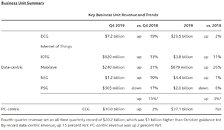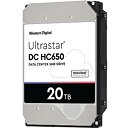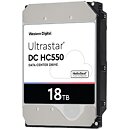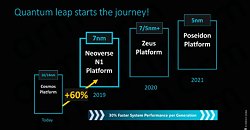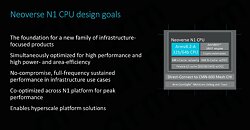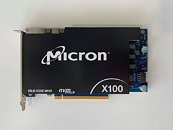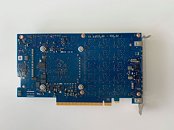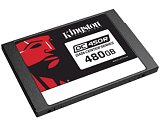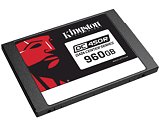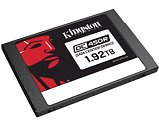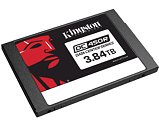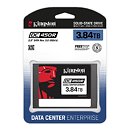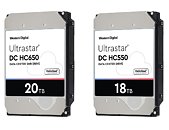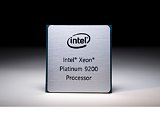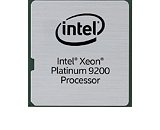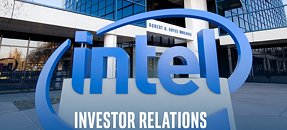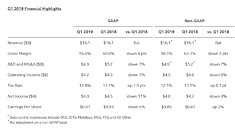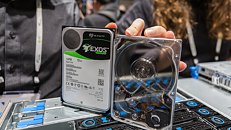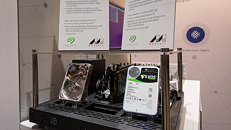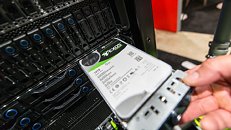KIOXIA First to Deliver Enterprise and Data Center PCIe 4.0 U.3 SSDs
The PCI Express 4.0 specification was designed to double the performance of server and storage systems, pushing speeds up to 16.0 gigatransfers per second (GT/s) or 2 gigabits per second (Gb/s) throughput per lane, and driving new performance levels for cloud and enterprise applications. Today, KIOXIA America, Inc. (formerly Toshiba Memory America, Inc.) announced that its lineup of CM6 and CD6 Series PCIe 4.0 NVM Express (NVMe ) enterprise and data center solid state drives (SSDs) are now shipping to customers.
An established leader in developing PCIe and NVMe SSDs, KIOXIA delivers never-before-seen performance. KIOXIA was the first company to publicly demonstrate PCIe 4.0 SSDs and is now the first to ship these next-generation drives. The CM6 and CD6 Series SSDs are compliant to the latest NVMe specification, and include key features such as in-band NVMe-MI, persistent event log, namespace granularity, and shared stream writes. Additionally, both drives are SFF-TA-1001 conformant (also known as U.3), which allows them to be used in tri-mode enabled backplanes, which can accept SAS, SATA or NVMe SSDs.
An established leader in developing PCIe and NVMe SSDs, KIOXIA delivers never-before-seen performance. KIOXIA was the first company to publicly demonstrate PCIe 4.0 SSDs and is now the first to ship these next-generation drives. The CM6 and CD6 Series SSDs are compliant to the latest NVMe specification, and include key features such as in-band NVMe-MI, persistent event log, namespace granularity, and shared stream writes. Additionally, both drives are SFF-TA-1001 conformant (also known as U.3), which allows them to be used in tri-mode enabled backplanes, which can accept SAS, SATA or NVMe SSDs.

